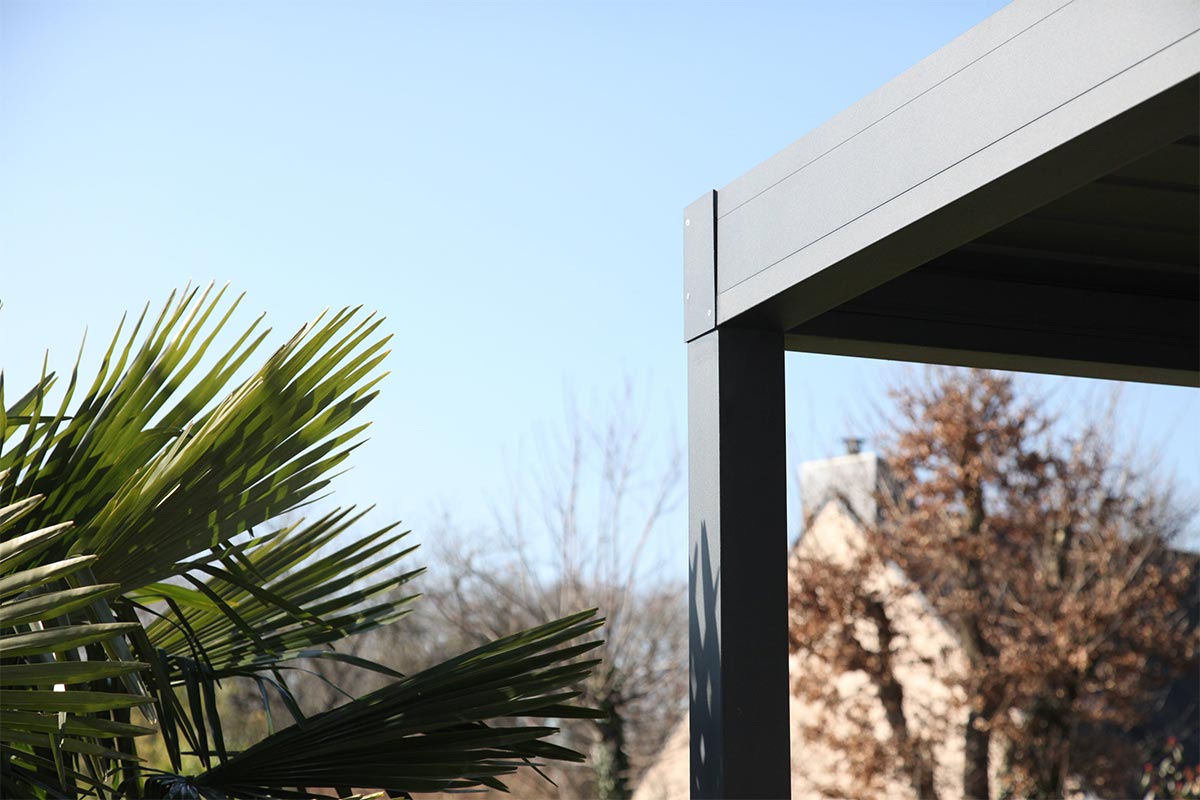
What Difference Is There Between an Arbor and a Pergola?
The word arbor can be used to refer to many different things, such as a tool, a device found in flying theater systems, a garden structure, or even a thicket of trees. A patio pergola on the hand can refer to a horizontal framework that is supported by posts and carries climbing plants, forming a covered walk. It can also be a structure that constitutes columns that supports the grid of roofing rafters and beams either covered or left open. It originates from the Latin word pergola, meaning a projecting/pointed eave. An arbor is a bench seat made of wood and covered with a roof and lattice panels that form a system for climbing plants. In many cases, these two terms are interchangeably used. However, they are not the same. The following are some of the key differences between them.
- An arbor is a free-standing structure. It is two-sided with a top and supported by 2 or 4 posts. Sometimes they are used for vine support and are never attached to a house. On the other hand, a pergola is a significant linear outdoor structure constructed over a long pathway of a garden. It is supported by 4 or more posts. They are typically attached to a house, forming an extension of the indoor rooms while serving as outdoor space, unlike arbors.
- An arbor is much smaller than a pergola, which is more open, horizontal, and long and covers a longer distance. They are also often high and broader than a pergola.
- Arbors are very simple and lack architectural designs like masonry columns. Pergola, on the other hand, can be architecturally designed and things like masonry columns added to it. The pergolas can also be decorated according to your preference. With it, you will have an outdoor living room that can be sophisticated if deemed necessary.
- Rather than the normally used traditional materials, arbors are being made with vinyl today. Pergola still uses these conventional materials though modern ones are made from new materials.
- Arbors usually have bent curved tops, whereas the top covers of the pergola are generally flat. There are, however, arbors with flat tops, which might sometimes be confused with pergola.
- Arbors can be historically dated back to Roman and Egyptian gardens. Pergolas, on the other hand, descends from Rome and Greece. A Pergola in Latin meant projection since the original structures made of wood projected from the external gardens of the Romans, where they were supported by pillars or columns.
- Arbors do not allow space for people to linger under them as in pergola. Although they can stand on their own, arbors are commonly used as an entry point such as the house’s doorway and may be attached to fences or hedges to form a door. Pergolas can be used in creating long and well-covered walkways. They can be used for decoration as well to offer privacy. Additionally, they can be used for holding gatherings as opposed to the arbors.
In light of the above, there are differences between an arbor and a pergola. The easiest way to recognize these differences is to consider the sizes of the two structures:
An arbor is a free-standing non-flat structure of the lattice framework covered with climbing plants. It is usually used as a doorway to the main entrance of a house or a fence. It can be a traditionally arched system or one with a flat top customarily mixed up with the traditional pergola. It can be used in gardening as it can support the growth of climbing plants such as vines. It really forms a beautiful doorway.
A pergola is a flat non-free standing structure with supports. It overhangs or is connected to the major entrance of a yard, garage, or house. It is usually covered with plants on tops, and the sides may be used to grow such plants as bougainvillea and grapevines. It is used to form a walkway outside the house, thereby creating an outdoor space that can be used comfortably for relaxing, gathering, and even night watch. It can also be used to make a home more decorative by planting different kinds of flowers around it.
Making a decision between a pergola and an arbor should not be such a hard task. Knowing the above differences can help determine what you want.

